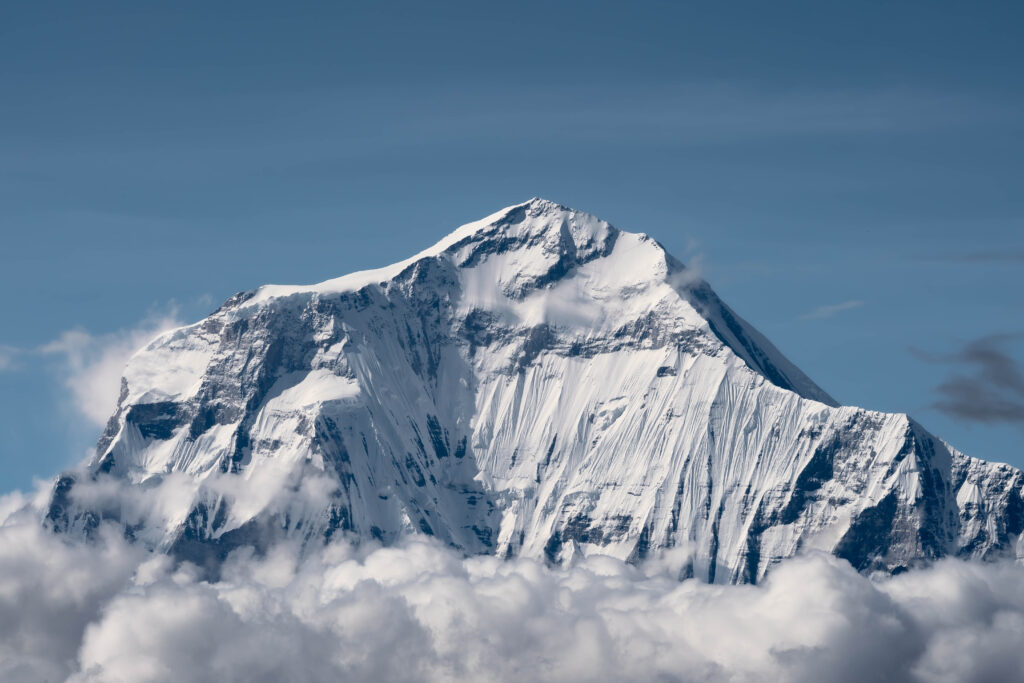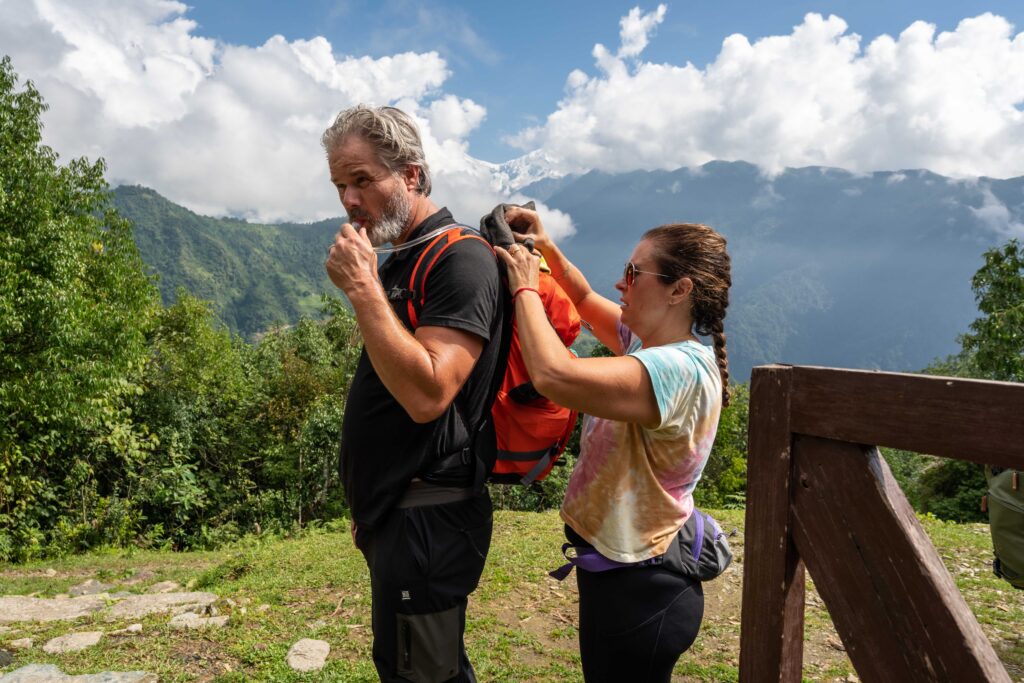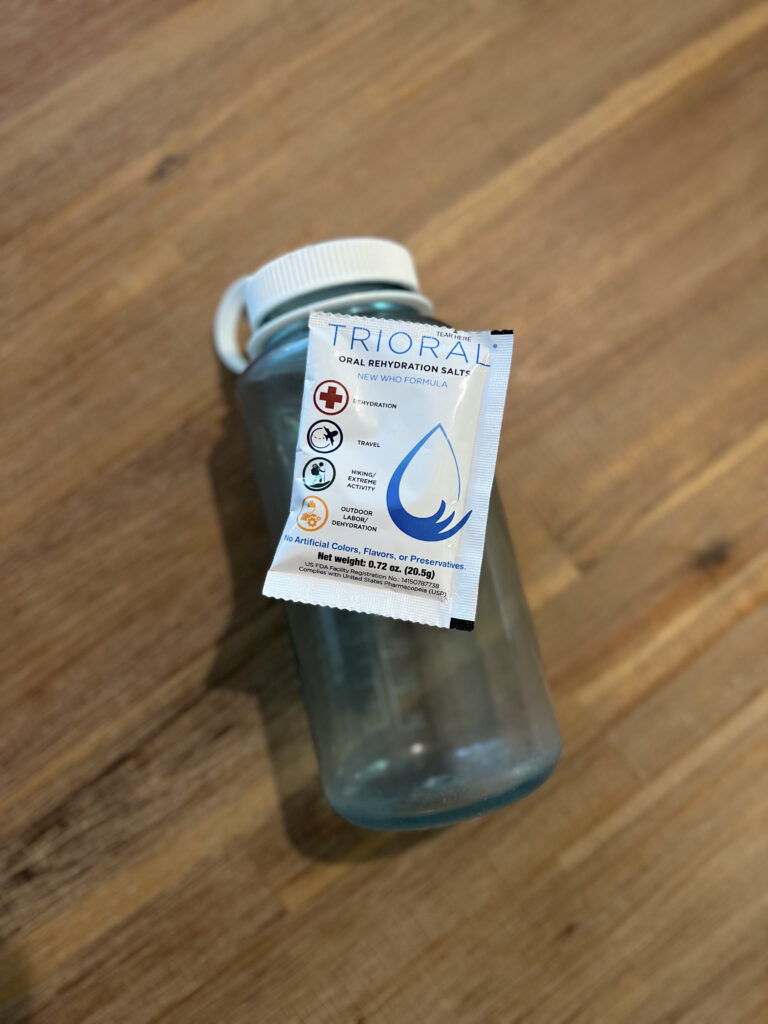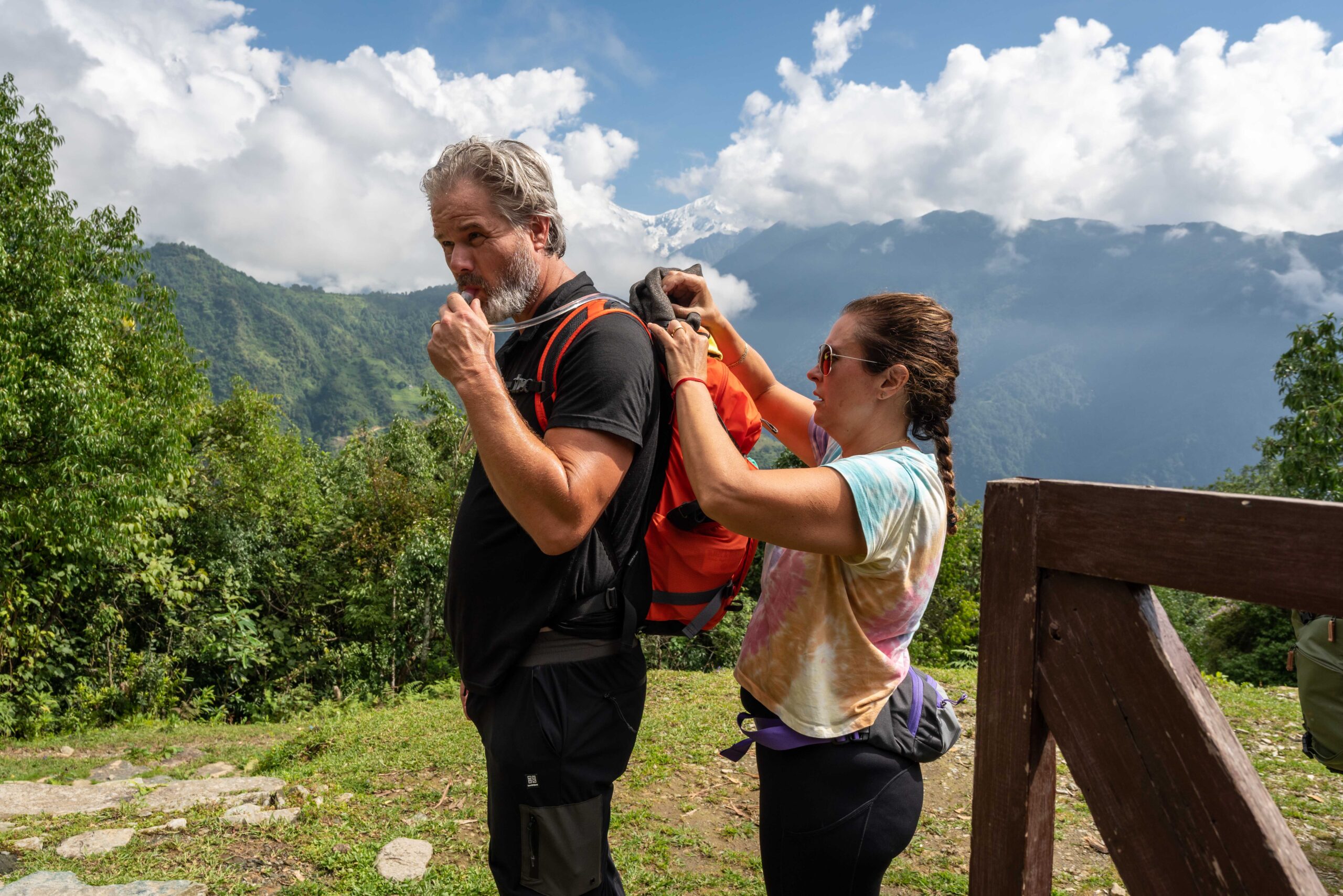So you’re considering a trip into higher elevations and want to avoid altitude sickness. Obviously.
Unless you live in the Mile High City or somewhere in the Rocky Mountains, adventures and vacations involving high altitudes can feel risky or cause you to pause and ask a few questions. Like how will the altitude affect me? How can I prevent altitude sickness? What should I do to prepare for high altitude?
While everyone will be impacted differently by higher elevations, there are a few essential tips to avoid altitude sickness that will have you feeling more prepared and ready for your next big adventure.
What is altitude sickness?
Altitude sickness occurs when your body doesn’t have time to acclimate to adjustments in altitude, primarily the lower oxygen levels. If you live at or around sea level, you can expect to be susceptible to symptoms once you are at elevations above 8,000 feet.

Always take into account the elevation at which you live because you may be more adapted and therefore prepared than those who live at lower elevations.
Most folks will experience some mild symptoms of altitude sickness above 10,000 feet, but the good news is there are ways to prevent and treat symptoms which we’ll cover below. But first, let’s address the types of altitude sickness.
The Three Types of Altitude Sickness
- Acute Mountain Sickness (AMS) – common, typically mild
- Mild headaches and fatigue that will typically improve as your body acclimates.
- Severe headaches and nausea mean you may need to descend in order to feel better, but at a minimum, you should stay put and wait out your symptoms.
- High Altitude Pulmonary Edema (HAPE) – less common, but severe
- This means your developing fluid in your lungs and you’ll experience severe coughing and shortness of breath out of proportion to your exertion levels. Descend immediately and seek medical attention right away.
- High Altitude Cerebral Edema (HACE) – less common, but severe
- This is when brain swelling begins due to fluid in the brain. You’ll experience disorientation, loss of balance and coordination, and confusion. Descend immediately and seek medical attention right away.
While the most common symptoms you’ll experience are related to acute mountain sickness (what most people call altitude sickness), the good news is there are ways to prevent the onset of symptoms and stay healthy while adventuring in high mountain terrain.
6 Tips to Avoid Altitude Sickness
Let’s get to it! But let’s also be clear that I’m not a physician and in no way is this medical advice.
After traveling and hiking in places like Colorado, Bolivia, Peru, and Nepal in elevations ranging from 10,000′ to 17,000′, these are some of the behaviors I implement every trip based on research and advice from the CDC, my primary care physician, and other experienced hikers.
If you’ve never been to high altitude or you have questions and concerns, it’s always best to schedule time with your primary care doctor to cover the individual factors that could affect you at altitude.

1. Stay below 8,000 feet the first couple of days if you are able.
If you land in a place like Kathmandu, Nepal and you’re heading into the Himalayas, stay at least one night in Kathmandu. Once you hit the trail, most treks will start in lower elevations close to 5,000′ which means the first night or two on the trail you’ll likely stay around or below 8,000′. This gives your body time to acclimate to a new base elevation.
2. Take it slow!
You get altitude sickness because you go too high, too quickly. The best prevention for altitude sickness is to ascend gradually. A great example of this is trekking – if you can ascend over a period of several days, it allows the body to acclimate to the decreased air pressure.
There is a fantastic article on REI’s website that talks about why we struggle at altitude. It talks about those decreases in air pressure and their affects on our bodies.

If you’re an examples person, this one might help.
Say you’re headed to Yala Peak in the Langtang Valley in Nepal and you started your trip in Kathmandu at 4,600 feet. Yala Peak towers at 18,110 feet.
Person A rents a helicopter to get to Yala Peak base camp then hikes to the top of Yala Peak the next day. So they complete the summit in just two nights.
Person B does the trek over the course of 6 nights. They hike and ascend gradually over the course of 7 days.
Person A is at a much higher risk to get sick.
Essentially remember this: the more dramatic your gains, the higher the risk of becoming sick. If you’re trekking, trek slow and enjoy the journey!
3. Stay hydrated!
Hydration on its own does not prevent Acute Mountain Sickness (AMS). But as you go higher in altitude, humidity levels drop so your body will dehydrate at a faster rate. You’re also breathing harder, so you’ll lose moisture in your respiratory system.
So staying hydrated is key to staying strong while in altitude. But it’s also important to not confuse dehydration with AMS. A good rule of thumb is to drink 5 liters of water each day while above 8,000′.
Every time you take a break on the trail, drink water. Better yet, keep a 2-3 liter hydration reservoir with a straw in your daypack so that it’s quick and easy for you to take sips of water while walking without needing to pull a water bottle out of your pack.

4. Avoid consuming alcohol for the first few days at altitude.
Alcohol’s impacts have a multiplying effect at altitude. So it’s best to avoid it altogether. But if you’re feeling like celebrating on the trail, wait a few days for your body to acclimate. And especially avoid alcohol right before bedtime when your body’s breathing slows and you lose some hydration.
Instead, opt for something like my personal trail favorite – lemon ginger honey tea.

5. Take preventative medication.
Talk to your doctor about a preventative medication called Acetazolamide. It’s known for its ability to prevent AMS. You’ll start taking it two days before you plan to be above 8,000′ elevation and continue it until you’ve descended back to your original altitude.
Note that acetazolamide has some common mild side effects that affect most everyone: mild tingling in your toes and fingers, and loss of the sensation or taste of carbonation.
Taking over-the-counter pain relief medications, either acetaminophen or ibuprofen, are also helpful when it comes to treating mild symptoms you may experience like headaches or nausea.
And finally, consider bringing several packs of oral rehydration salts. Oral rehydration salts like the ones pictured below are a World Health Organization (WHO) formula that is fast acting in helping to hydrate your body and can also treat symptoms like diarrhea.

6. Rest.
Rest is key at altitude. This goes back to the take it slow mantra. Simply giving your body time at one altitude does wonders for acclimatization.
Final Thoughts
Always listen to your body. It will be the best indicator of any oncoming altitude sickness. If you start feeling symptoms, stop going up in elevation. Stay put. Wait it out. Ascending too quickly or pushing too hard is what puts you at the most risk, no matter your fitness level.

And if your symptoms aren’t getting better by staying put or your symptoms are starting to get worse, it’s time to descend.
The more you travel to high altitudes, the more you’ll learn your own body’s tolerance and what works best for you. Don’t let high altitudes scare you away from epic views and adventures!
And if you’ve never been to high altitude, definitely chat with your primary care doctor and get a prescription to help you avoid altitude sickness!
Related Posts:
June 8, 2023
|
Hey There! I'm Hilary Lex
I’m here to help women step into adventure and feel confident on the trail. With years of backpacking experience, I’ve created Hilary Lex Treks to guide you on unforgettable journeys through wild places like Glacier National Park. Whether you’re just starting or ready to take on a new challenge, I’m here to support you every step of the way. Let’s get you out there and make your adventure a reality.
Stay in Touch
Letters about my latest adventures, obsessions, and industry news – just a little something to invite bewilderment into your daily life.
